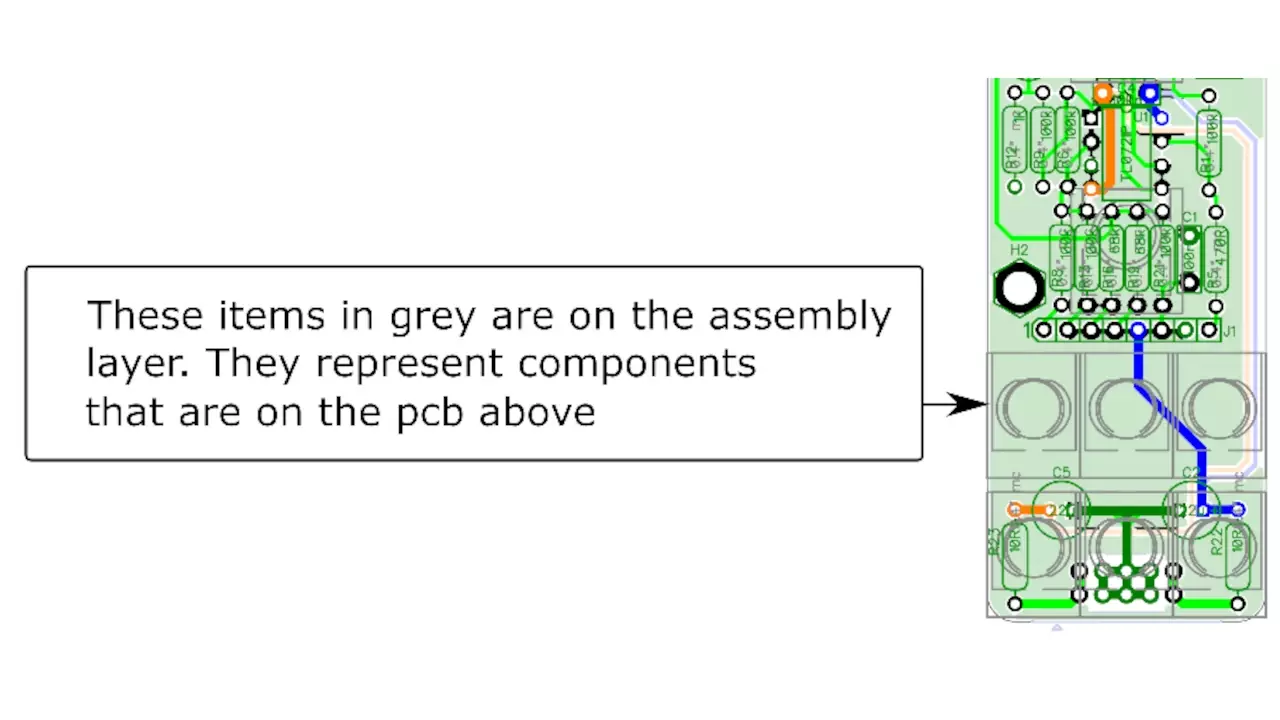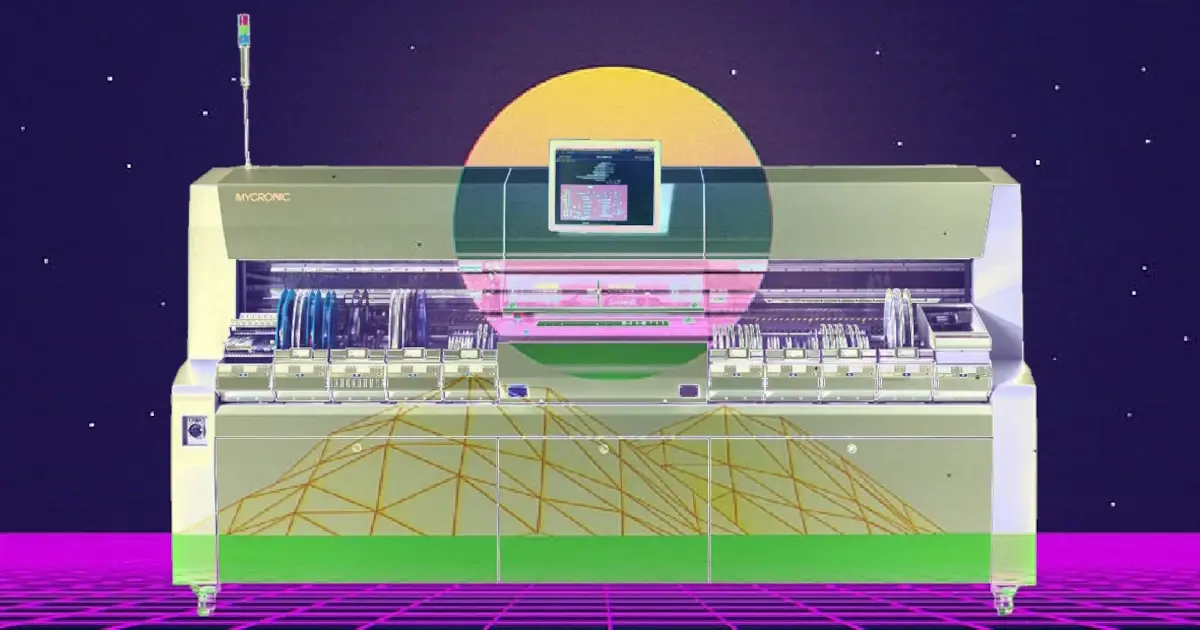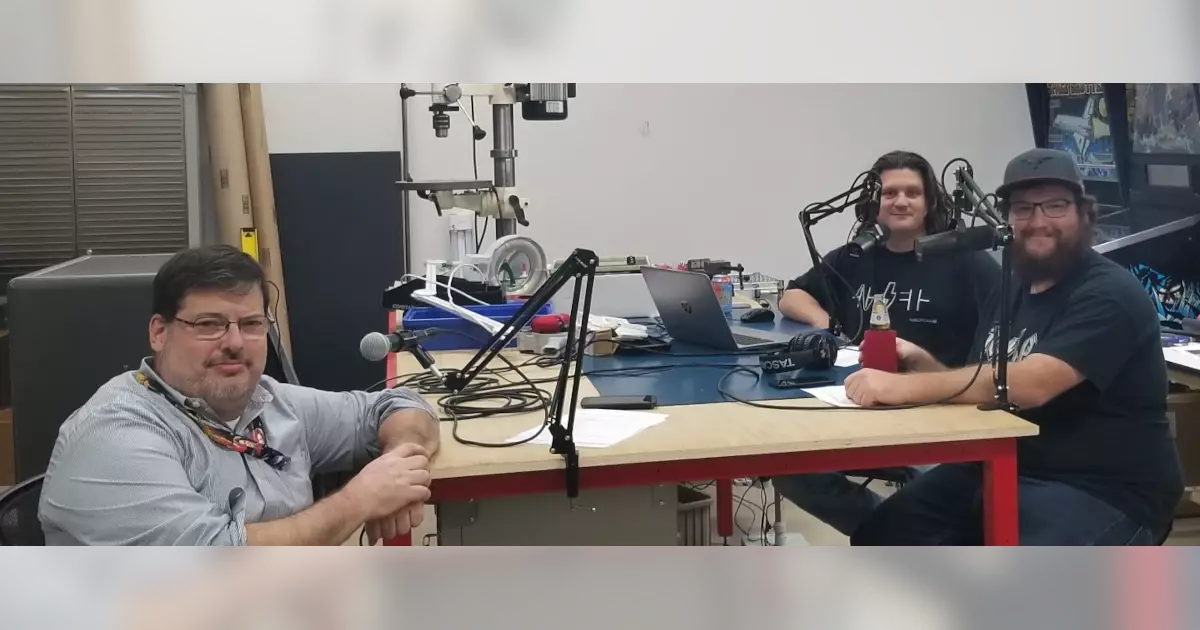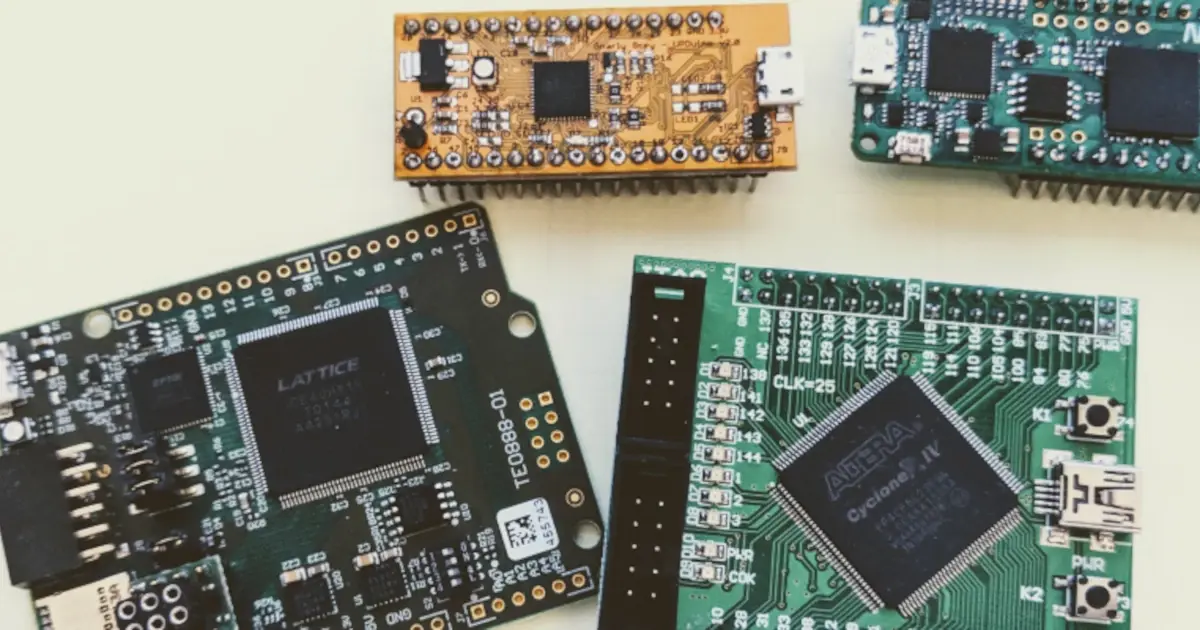Related Topics
Vapor Wave Reflow
How do you shop for automated electronic assembly machines that cost upwards of a quarter million dollars?
Chickens and Tea leaves, Al’s Simulation Recipe
Al Williams returns to the podcast for the fourth time! This time to discuss the importance of circuit simulation and what it can teach engineers.
Al Williams and the One Instruction Wonder
Al Williams returns to the podcast to discuss FPGA documentation and meat balloons.
Other Resources
Circuit Break Podcast
Webinars
Videos
Tour MacroFab's ITAR-Compliant Facility
January 10, 2018, Episode #101
Stephen
- Alternative uses for assembly layers
- Assembly, document, and mechanical layers
- “It’s a way for us electrical engineers to feel like a mechanical engineer”
- Alternative uses for assembly layers
Parker
- HackADay IO talk
- Friday, January 12, 2018, 12:00 pm PST
- “The moment they invent smell-o-vision, this podcast would be done”
- MEP101 DSO138 Update
- STM32F103
- Widely cloned
- If your cocktail of silicone is a little off, you’ll be okay
- Silicon actually change as the year goes around (according to a professor of Stephen)
- “The chip just decides only to run on Saturdays”
- Legit STM32F103’s are $2.36 in QTY
- Can get “questionably sourced “ units for under $1
- OctoPrint
- Use a Raspberry Pi to control your 3D printer
- You can load gcode wirelessly up to the Pi with SSH tunnel on browser
- Best open source project parker has come across
- Monoprice Ultimate 3D printer
- Had to set up bod rate manually
- Webcam setup
- Printoid
- Access OctoPrint over the internet
- HackADay IO talk
Rapid Fire Opinion (R.F.O.)
- Dragonfly 2020 Pro
- Additive PCB printing
- Google shuts down its CES booth because it’s not waterproof
- People said it was one of the better booths there
- Vishay VOR High-Performance Solid State Relays
- Low turn-on current at 0.25 mA
- Does both AC and DC only
- 400V 140mA
- What is the application to maximize this part?
- Low turn-on current at 0.25 mA
- Dragonfly 2020 Pro
MacroFab is Hiring!
Visit our Slack Channel and join the conversation in between episodes!
If you have a cool idea, project or topic that you want Stephen and I to discuss tweet at us @MacroFab or email us.
If you are not subscribed to the podcast yet, click that subscribe button above. That way you get the latest MEP episode right when it releases. And please review us on iTunes, it helps this show stay visible and helps new listeners find us.

Assembly Layers used for showing PCB stackups.

Follow the Hackaday.io Hack Chat with Parker! Jan. 12, 2018 at Noon PST.
About the Hosts

Parker Dillmann
Parker is an Electrical Engineer with backgrounds in Embedded System Design and Digital Signal Processing. He got his start in 2005 by hacking Nintendo consoles into portable gaming units. The following year he designed and produced an Atari 2600 video mod to allow the Atari to display a crisp, RF fuzz free picture on newer TVs. Over a thousand Atari video mods where produced by Parker from 2006 to 2011 and the mod is still made by other enthusiasts in the Atari community.
In 2006, Parker enrolled at The University of Texas at Austin as a Petroleum Engineer. After realizing electronics was his passion he switched majors in 2007 to Electrical and Computer Engineering. Following his previous background in making the Atari 2600 video mod, Parker decided to take more board layout classes and circuit design classes. Other areas of study include robotics, microcontroller theory and design, FPGA development with VHDL and Verilog, and image and signal processing with DSPs. In 2010, Parker won a Ti sponsored Launchpad programming and design contest that was held by the IEEE CS chapter at the University. Parker graduated with a BS in Electrical and Computer Engineering in the Spring of 2012.
In the Summer of 2012, Parker was hired on as an Electrical Engineer at Dynamic Perception to design and prototype new electronic products. Here, Parker learned about full product development cycles and honed his board layout skills. Seeing the difficulties in managing operations and FCC/CE compliance testing, Parker thought there had to be a better way for small electronic companies to get their product out in customer's hands.
Parker also runs the blog, longhornengineer.com, where he posts his personal projects, technical guides, and appnotes about board layout design and components.

Stephen Kraig
Stephen Kraig is a component engineer working in the aerospace industry. He has applied his electrical engineering knowledge in a variety of contexts previously, including oil and gas, contract manufacturing, audio electronic repair, and synthesizer design. A graduate of Texas A&M, Stephen has lived his adult life in the Houston, TX, and Denver, CO, areas.
Stephen has never said no to a project. From building guitar amps (starting when he was 17) to designing and building his own CNC table to fine-tuning the mineral composition of the water he uses to brew beer, he thrives on testing, experimentation, and problem-solving. Tune into the podcast to learn more about the wacky stuff Stephen gets up to.
Special thanks to whixr over at Tymkrs for the intro and outro!
Related Podcasts

Mr. Williams, Your Book Changed My Life
Al Williams joins Parker and Stephen to discuss writing for Hackaday, Ham Radio, and obscure CPUs.

Vapor Wave Reflow
How do you shop for automated electronic assembly machines that cost upwards of a quarter million dollars?

Development Board Guilt
Chris Gammell of Contextual Electronics and The Amp Hour join Parker and Stephen for a second time!

Al Williams and the Field Programmable Gate Arrays
Al Williams returns to talk about FPGAs (Field Programmable Gate Arrays) and how to get started.

Al Williams and the One Instruction Wonder
Al Williams returns to the podcast to discuss FPGA documentation and meat balloons.

Chickens and Tea leaves, Al’s Simulation Recipe
Al Williams returns to the podcast for the fourth time! This time to discuss the importance of circuit simulation and what it can teach engineers.
About MacroFab
MacroFab offers comprehensive manufacturing solutions, from your smallest prototyping orders to your largest production needs. Our factory network locations are strategically located across North America, ensuring that we have the flexibility to provide capacity when and where you need it most.
Experience the future of EMS manufacturing with our state-of-the-art technology platform and cutting-edge digital supply chain solutions. At MacroFab, we ensure that your electronics are produced faster, more efficiently, and with fewer logistic problems than ever before.
Take advantage of AI-enabled sourcing opportunities and employ expert teams who are connected through a user-friendly technology platform. Discover how streamlined electronics manufacturing can benefit your business by contacting us today.